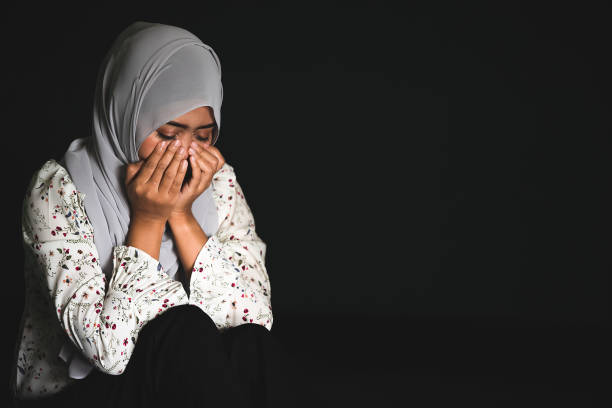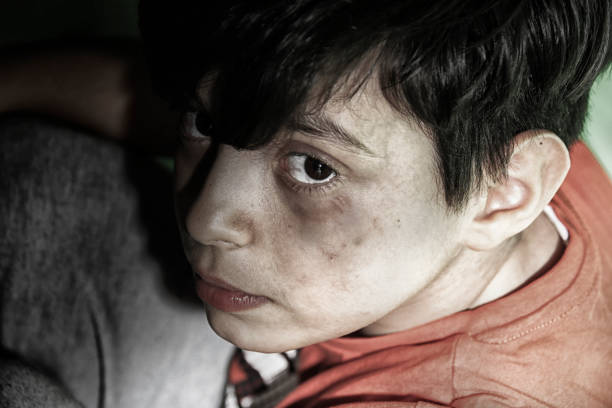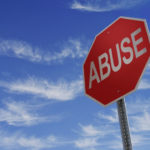
The culture of silence, an embedded cultural norm, in Middle Eastern, Asian and Black families, inhibits attempts of physical and sexual abuse victims from getting the help they need. The fear of retaliation and disownment is prominent in homes of many of these families where kids are abused.
Family Shame
Family shame, honor, and stigma are cultural barriers to victims of childhood sex abuse in ethnic communities. Community reputation is often prioritized over victims. Women from Middle East/Asian countries can be deemed as not worthy of marriage if they have been sexually assaulted, especially if they were young when it occurred. That stigma holds women back from reporting and seeking the proper medical attention they need. In a study published in the West Indian Medical Journal, a review of medico-legal cases showed that, “44.4% of victims said they will only confess to abuse if pressured by parents because of shame associated with reporting. When Asian families were compared to non-Asian families, it was reported that Asian primary caretakers were less likely to report abuse when compared to White, Black, and Hispanic caretakers. Similarly, a pattern of concealment is reported from Latin America, Philippines, Japan, and Greece. In the Arab countries, the fear of fadiha, ‘a scandal causing damage to the reputation of family members’, may explain why family members hide abuse cases in total disregard to the effect of the abusive process on the victim.”
A research team in Wales, The Independent Inquiry Childhood Sexual Abuse, commissioned a study to see how “state and non-state institutions in England and Wales have failed in their duty of care to protect children from sexual abuse and exploitation.” A big part of the study was to investigate how, “ethnic minority communities perceive and experience barriers to disclosing and reporting child sexual abuse.” The study found that some Practitioners fear being labeled as racist, so they withhold from reporting.
There is also a longstanding stereotypical belief that Black girls are more willing to consent and less likely to be a victim from a young age. A Georgetown University Law Center report found that, “adults view Black girls as less innocent and more adult-like than their white peers.” Black girls are believed to have more knowledge about sex and less in need of protection from predators as compared to their white peers.
 A resident at Johns Hopkins Hospital by the name of Dr. Nicole Brown realized that many of her low-income patients who lived in stressful households and neighborhoods where violence was prominent had been diagnosed with attention deficit/hyperactivity disorder (ADHD) by their parents and teachers. When she looked deeper into it, she noticed that those students were actually just plagued by trauma. She found that, “per-vigilance and dissociation, for example, could be mistaken for inattention. Impulsivity might be brought on by a stress response in overdrive.” Her findings showed that children who were diagnosed with ADHD had much higher levels of poverty, divorce, violence and family substance abuse. The quickness of the Practitioners to diagnose without looking deeper into the children’s background can lead to children not getting properly diagnosed and not receiving the adequate help they need.
A resident at Johns Hopkins Hospital by the name of Dr. Nicole Brown realized that many of her low-income patients who lived in stressful households and neighborhoods where violence was prominent had been diagnosed with attention deficit/hyperactivity disorder (ADHD) by their parents and teachers. When she looked deeper into it, she noticed that those students were actually just plagued by trauma. She found that, “per-vigilance and dissociation, for example, could be mistaken for inattention. Impulsivity might be brought on by a stress response in overdrive.” Her findings showed that children who were diagnosed with ADHD had much higher levels of poverty, divorce, violence and family substance abuse. The quickness of the Practitioners to diagnose without looking deeper into the children’s background can lead to children not getting properly diagnosed and not receiving the adequate help they need.
It’s not just practitioners who fear being labeled as racist. The Rotherham Report, showed the hesitation of officials to step up even after finding out that “children who had been doused in petrol and threatened with being set alight, threatened with guns, made to witness brutally violent rapes and threatened they would be next if they told anyone,” because they feared that they’d be incite hatred towards Pakistani men.
The main issue is the culture of silence.
The Law Doesn’t Always Protect:
Aside from Practitioners being scared to report, victims in minority communities may not feel comfortable with approaching law enforcement. As most sexual assaulters are someone the victim knows, many Black girls and women are reluctant to subject them to the legal system. Other than the obvious lack of trust between police and communities of color, the law also doesn’t always protect victims. A study found that the “low conviction rate among those accused of child sexual abuse may deter victims and survivors from going through the ordeal of a court process if it is not going to lead to justice.”
 A 2005 Justice Department study showed that in the general population, black victims reported at much lower rates than white victims. While 44% of white victims report the crime, only 17% of black victims do. This is another form of victim suppression and perpetuating the cycle of child abuse. For those that do end up convicted, Child Protection Services is more likely to charge moms of color with failure to protect their children when abuse occurs and take their kids away. According to a 2016 report from the Children’s Information Gateway, “white children made up 51.9% of the child population and 46.4% of children identified by child protective services as victims. By contrast, black children made up 13.8% of the child population and 22.6% of those identified as victims. The percentages of those who are in the foster care system are similarly disproportionate, with blacks making up 24.3% of kids in foster care and whites 43.4%.” The disproportionate rate of why more black kids are placed in foster care compared to their white counterpart is telling.
A 2005 Justice Department study showed that in the general population, black victims reported at much lower rates than white victims. While 44% of white victims report the crime, only 17% of black victims do. This is another form of victim suppression and perpetuating the cycle of child abuse. For those that do end up convicted, Child Protection Services is more likely to charge moms of color with failure to protect their children when abuse occurs and take their kids away. According to a 2016 report from the Children’s Information Gateway, “white children made up 51.9% of the child population and 46.4% of children identified by child protective services as victims. By contrast, black children made up 13.8% of the child population and 22.6% of those identified as victims. The percentages of those who are in the foster care system are similarly disproportionate, with blacks making up 24.3% of kids in foster care and whites 43.4%.” The disproportionate rate of why more black kids are placed in foster care compared to their white counterpart is telling.
Solutions
 Practitioners not adequately reporting abuse and law enforcement not being just in their practices will continue the perpetual cycle of abused children not receiving help. Having a better understanding of different cultures, hosting consistent cultural competency training workshops, and investing in diverse consultants in medical and law enforcement agencies can drastically transform the rates of reported abuse. Research shows that “careful and appropriate implementation of sound cultural competency techniques in delivering health services could go a long way toward reducing disparities.”
Practitioners not adequately reporting abuse and law enforcement not being just in their practices will continue the perpetual cycle of abused children not receiving help. Having a better understanding of different cultures, hosting consistent cultural competency training workshops, and investing in diverse consultants in medical and law enforcement agencies can drastically transform the rates of reported abuse. Research shows that “careful and appropriate implementation of sound cultural competency techniques in delivering health services could go a long way toward reducing disparities.”






Thank you for this.